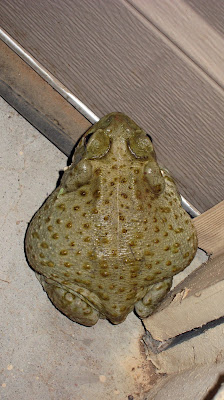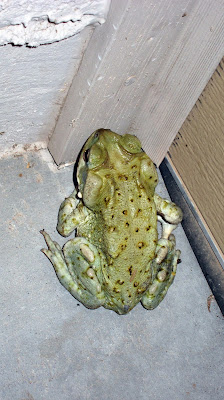 |
| Male monarch resting in a mesquite tree photo by Richard Halliburton |
One of the greatest wonders of the natural world is the annual migration of millions of monarch butterflies from eastern North America to fir forests deep in southern Mexico each winter. But Michoacan, Mexico is not the only place that monarchs overwinter. Right here in central Phoenix, teams of butterfly scientists, or lepidopterists, have been tracking monarchs that overwinter along the Salt River, as well as along the Colorado River near Yuma and Parker, Arizona. Numerous
"hot spots" around the state of Arizona, from Grand Canyon in the north to Patagonia in the south, also attract monarchs to feed and breed at various times of the year.
Monarchs are very selective about what species of plant they will lay eggs on, since the caterpillars are adapted to feed almost exclusively on milkweeds. However, the adults will gather nectar from a wide variety of flowers. Even though they are endemic to North America, monarchs are happy to feed on plants imported from the Mediterranean, such as lantana and rosemary, or Australia, such as eucalyptus and wattle trees.
 |
| Female monarch nectaring on a wattle tree |
For roosting, though, they need just the right kind of canopy and just the right kind of leaves to hang onto with their tiny feet, says Gail Morris, director of the
Southwest Monarch Study. Gooding's willows, large trees native to Arizona, are their favorite at the riverside location in central Phoenix. At least that is where they have been noticed by people who pay attention to these sorts of things. It is quite possible that they are hanging out in the eucalyptus trees in your neighborhood, as they do along the coast of
California. If you see monarch butterflies floating around your neighborhood this winter, people want to know, especially if you can see a tiny round tag with numbers on its wing. These tags are one way scientists
are keeping track of butterflies that roam through Phoenix. You can report your sightings, with or without tags, to swmonarchs@yahoo.com.
Photos are excellent documentation too, since it is easy to confuse a monarch with the more abundant and closely related
queen and occasional viceroy butterflies that also flutter around these parts. Learn the differences here:
Identifying Monarch Butterflies.
























































